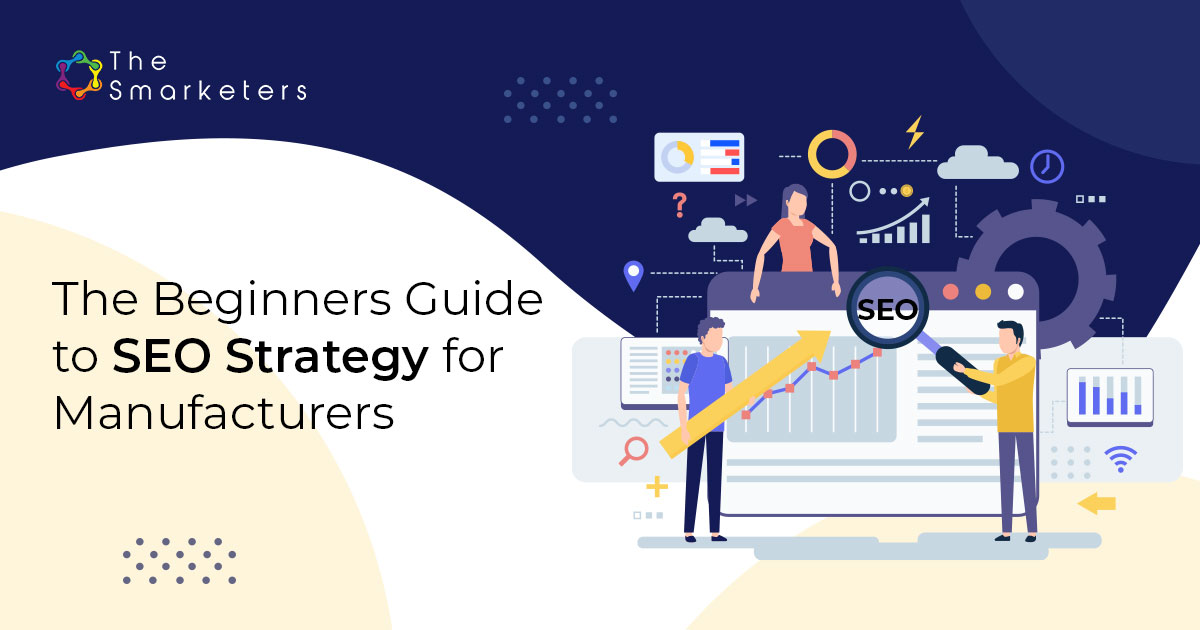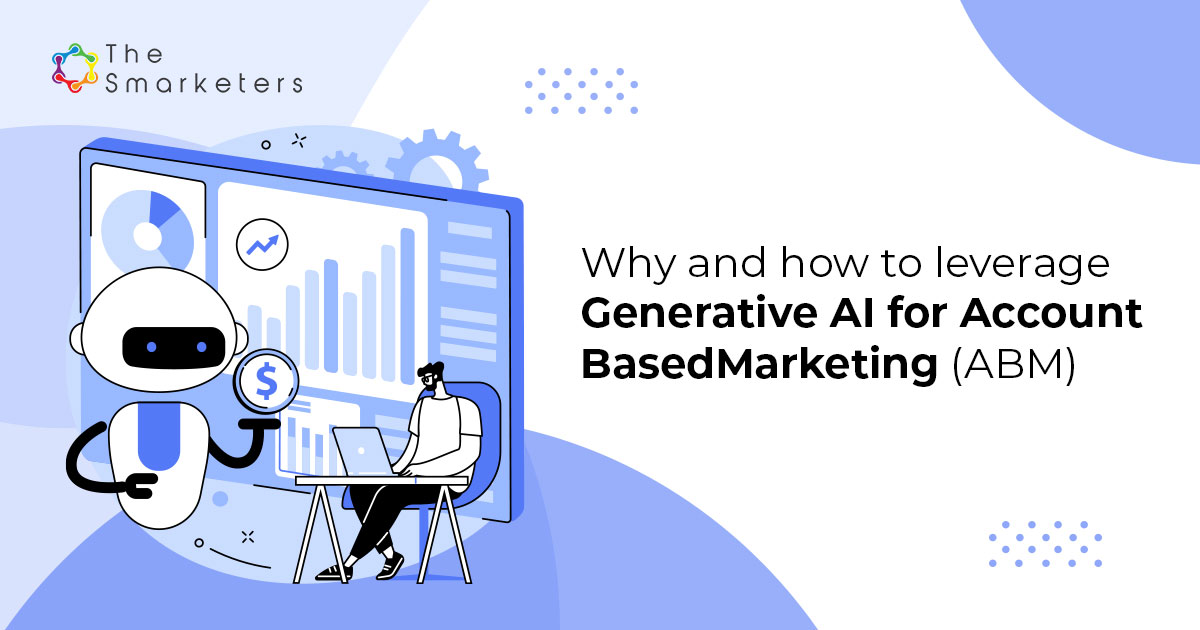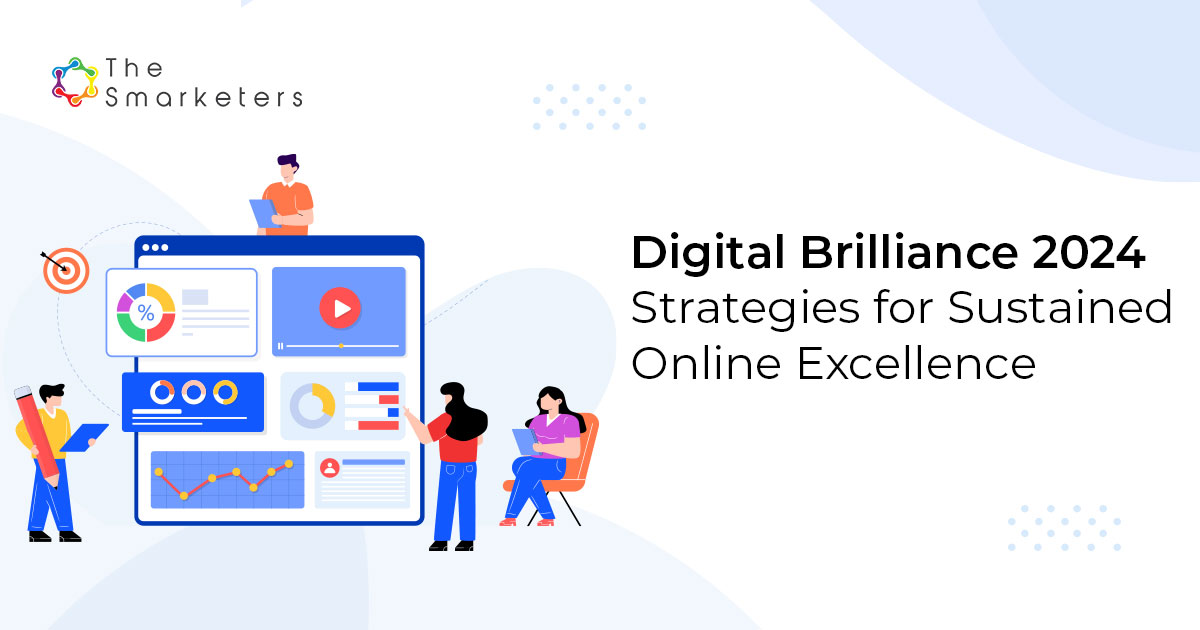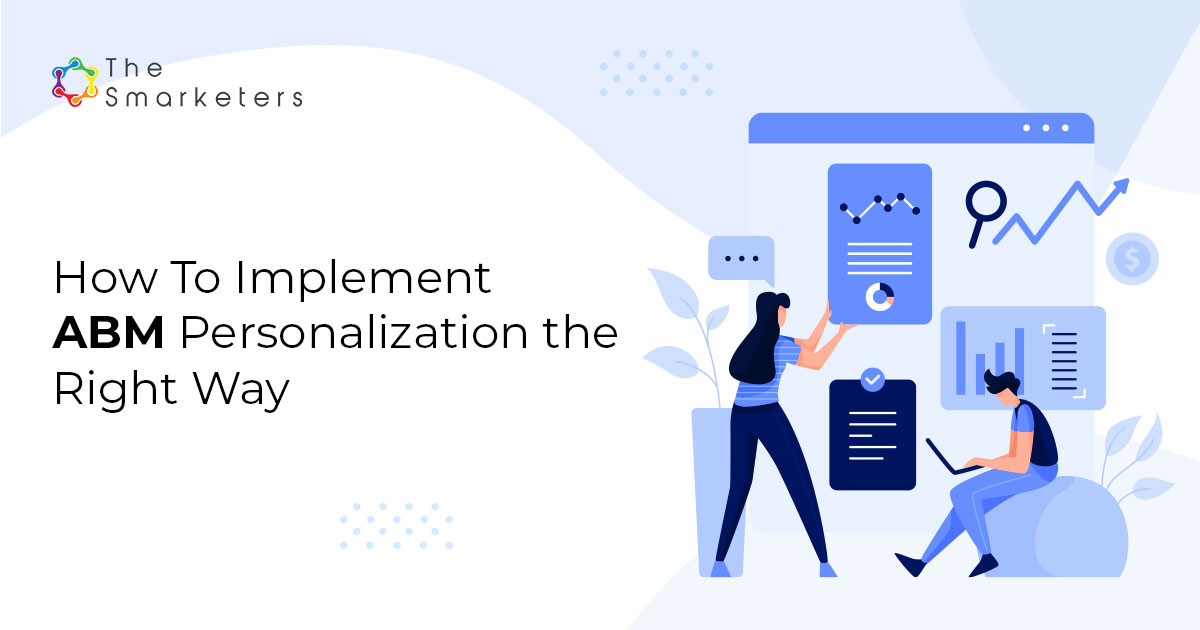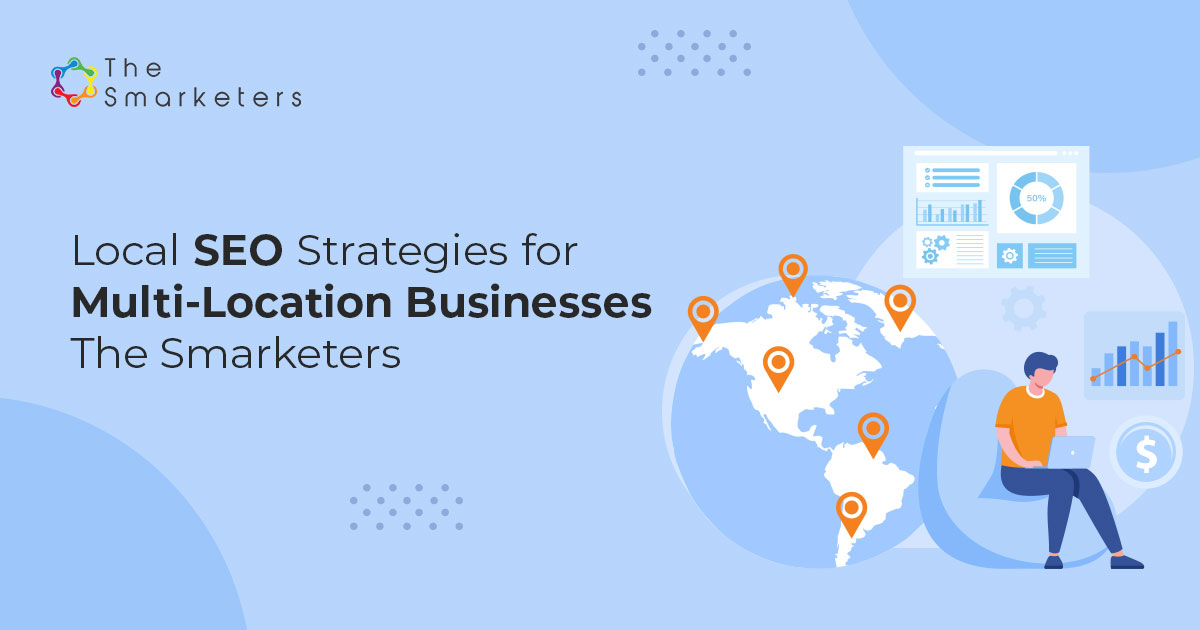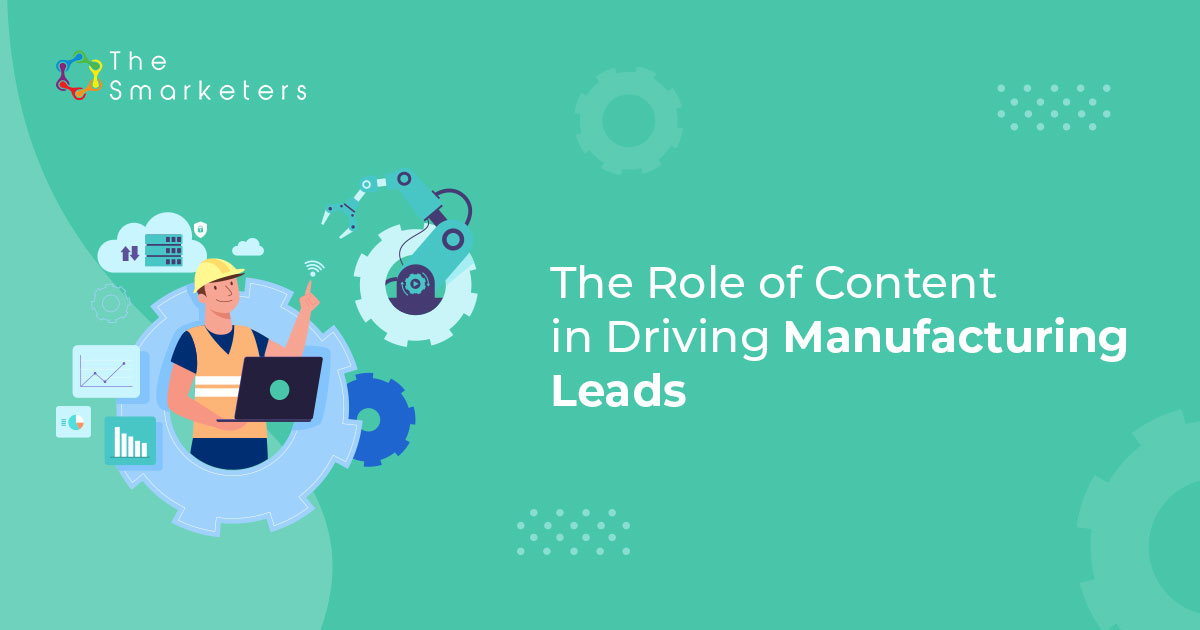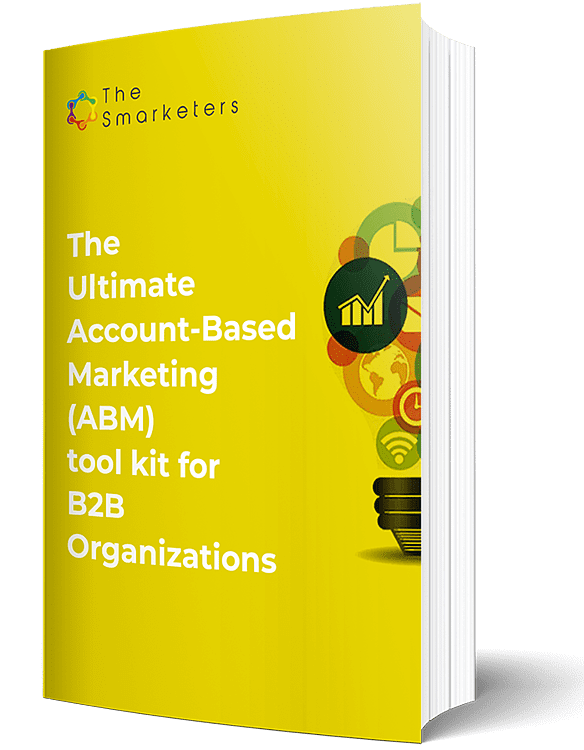The pandemic has rendered our ways of living, working, and planning topsy-turvy. With the path to recovery vague, business leaders need to develop and maintain agility, creativity, and fortitude through ABM Marketing. While the pandemic has left nearly all of the marketing plans intended for 2020 in the dust, it has massively increased digital consumption.
This provides a unique opportunity for B2B marketers to advance their demand and ABM agendas.
1. Moving to a buying group-centric mindset
Adopting a buying group-centric view of demand over an individual lead-centric view is the best way to drive higher revenue. To accomplish this, revenue engine metrics within marketing and sales teams need to be centered around opportunities represented by buying groups. These opportunities need to be recognized, actively engaged with, and successfully won.
The volume of interactions and their influence on the buying process across different buying groups are the new metrics. These have to be closely monitored by sales and marketing teams to gain actionable insights.
2. Addressing pain points with a solution
Reaching prospects requires a deep understanding of their current needs and how they might change over time. Obtaining a holistic idea of their short-term and long-term goals and the urgency of their purchase requirements is necessary for offering the best solution.
It is wise to learn of other solutions targeting the same account. Besides, leveraging CRM, social networks, and online communities to tap into ongoing conversations goes a long way in compiling data.
Understanding the challenges, wants, intent, and purchase behavior of key accounts will help teams work towards the optimal solution.
Once the core information about key accounts is available, qualifying and segmenting them into categories such as ‘immediate’ or ‘priority’ or ‘purchase-ready’ is relatively easy. This will go a long way in aligning marketing and sales efforts.
3. Understanding the 2021 Buyer Mindset
The pandemic has resulted in widespread uncertainty. With rising unemployment, increasing commodity prices, and waning purchasing power, consumers’ purchasing, and consumer behavior have changed enormously. This has led to the disruption of normal consumer behavior. This has resulted in more economical consumer behavior that is dependent on a limited income to meet unlimited needs.
The current economic landscape has heavily impacted the decision-making process. The primary reason for consumers to try new brands is the value offered. With social isolation, turning to online resources has been inevitable. The pandemic has accelerated the race to digital and omnichannel touchpoints as a way to maintain relevance and flourish.
B2B buyers are moving past click-based interactions. They expect transparency, and accountability, and want to build trust-based relationships.
Vendors need to get on board with these evolving needs by being open, connected, and intuitive. This transformation will support and enable the buying group as they traverse their buying decision process.
ABM (Account-based marketing) and demand marketers need to be consistently creative to find enticing ways to drive buyer enablement. This strategy has to be based on the following fundamentals:
- Treating buyers with respect
- Contextualizing each experience
- Linking buyer insights
4. Optimizing marketing campaigns
Marketing is essential to reach the right audience and accounts. However, distributing revenue to various marketing activities is challenging. How can this be optimized?
- Define goals and metrics for each marketing collateral, such as content assets, email, social media campaigns, and more.
- Measure metrics like the number of leads from the ABM campaign, the percentage of engagement, open rates on email, downloads of eBooks, conversions from paid social ads, etc.
Track the performance of individual campaigns. Look at the data and figure out what worked best, where, for which segment of target accounts, and how.
Measuring efficacy continually optimizes campaigns while providing an in-depth understanding of how target accounts are evolving.
 5. Atomizing content
5. Atomizing content
Turning individual content elements such as titles, paragraphs, images, and slides into discrete, tagged components is atomization. ABM is built on personalization and knowing your targets. Atomization enables management, measurement, and activation of these components at discretionary, differential levels.
Leveraging content atomization and metadata management help with
- Advanced hyper-personalization capabilities
- Response optimization
- Building customization capabilities with scale and flexibility
- AI-driven activation [autonomous customization of content]
Atomization will offer its full benefit when loopholes in marketing and sales campaigns are identified. These will enable preventive measures and keep target accounts from falling through the cracks.
6. Merging ABM and demand infrastructure
ABM and demand marketing technologies and related infrastructure are gradually unifying. This unification will make data easier to acquire and access.
Additionally, this will enable the interpretation of data within and across systems. These insights can potentially be applied to accounts, opportunities, buying groups, and individuals. This convergence of ABM and demand infrastructure paints a holistic picture before actionable insights can be used while ensuring safeguards are in place to protect against the misuse of personal data.
7. Identifying buying signals
The premise of B2B marketing has perpetually been a signal response. ABM marketers can now vastly expand the value of this signal-response interaction.
With the digital landscape evolving at a steep rate, the scope of signals that can be captured has grown enormously. Technology has allowed moving beyond a click or filling a survey to capture and align named and anonymous signals at differential levels.
Leveraging AI has improved the sophistication and precision of marketing teams’ responses to guide buyers to the best course of action.
8. Embracing Agility
2020 has required marketing teams to reimagine and redesign their operating models. Having to think on their feet, innovate, and reach buyers has allowed experimentation and the development of new skill sets.
The ABM and demand generation marketing teams that have adapted to evolving buyer needs now have the upper hand.
With 2021 around the corner, understanding what worked and channeling that into a long-lasting competitive edge is a strategic imperative. This can be achieved by weaving it into marketing processes and investing in systems that support it.
The Final Word
While 2020 has been filled with chaos, confusion, and uncertainty, it has opened up a world of new opportunities for marketing teams. B2B marketing leaders reimagining their processes within an agile and resilient framework will meet buyer expectations, empower their teams, and obtain a high ROI.




